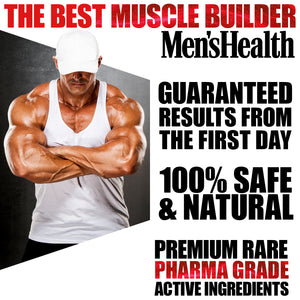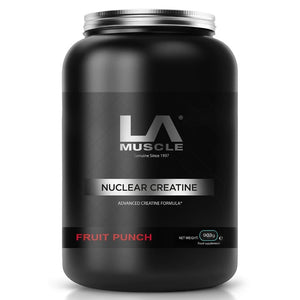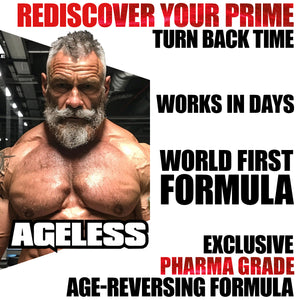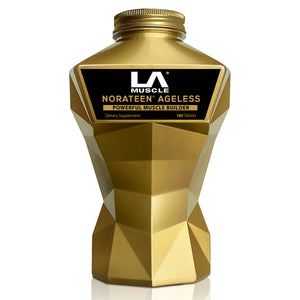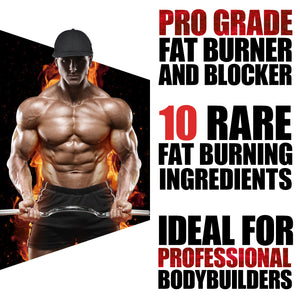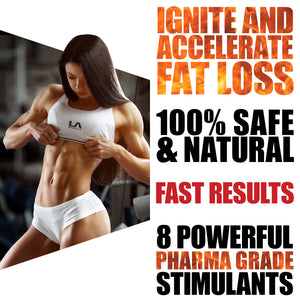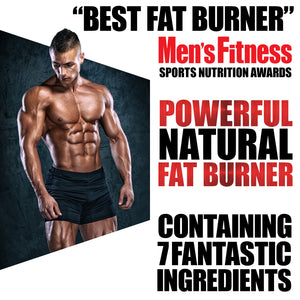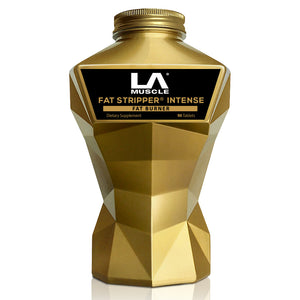
When it comes to building a well-rounded, strong physique, many people assume they need to dedicate countless hours to the gym and work on a plethora of exercises. However, the truth is that you can build an impressive physique by focusing on just four compound exercises. Compound exercises work multiple muscle groups at once, making them highly efficient and effective for building muscle, strength, and functional fitness.
This article will cover how to build an optimal physique using four essential compound movements: squats, bench press, deadlifts, and pull-ups. We’ll explore how each exercise works, the muscles they engage, recommended sets and reps, and how to progressively work your way up for maximum results.
1. Squats
Primary Muscles Worked: Quadriceps, hamstrings, glutes
Secondary Muscles Worked: Core, lower back, calves
How They Work: Squats are the king of lower body exercises. They involve a hip-hinge movement pattern that activates the quadriceps as the primary muscle group and heavily recruits the glutes and hamstrings. Because of the compound nature of squats, they also require engagement of the core and lower back for stability.
Recommended Sets & Reps:
- Beginner: 3 sets of 8-12 reps
- Intermediate/Advanced: 4-5 sets of 5-8 reps with progressively heavier weights
Progression Tips: Start with bodyweight squats to perfect your form. Once you can perform 3 sets of 15-20 reps with good technique, progress to goblet squats with a kettlebell or dumbbell. When ready, move on to barbell back squats. Increase the weight by 5-10% per week as long as your form remains intact.
2. Bench Press
Primary Muscles Worked: Pectorals (chest)
Secondary Muscles Worked: Triceps, anterior deltoids, lats (stabilization)
How They Work: The bench press is a classic compound exercise for building upper body strength and size. It primarily targets the chest but also engages the triceps and shoulders, making it highly efficient for developing pushing power and upper body muscle mass.
Recommended Sets & Reps:
- Beginner: 3 sets of 8-12 reps
- Intermediate/Advanced: 4 sets of 5-8 reps
Progression Tips: If you're new to the bench press, start with lighter weights to master the form. Use a spotter or safety setup if possible. Increase the weight incrementally, ensuring that your technique stays solid. Incorporate pauses at the bottom of the movement to improve strength and stability.
3. Deadlifts
Primary Muscles Worked: Hamstrings, glutes, lower back
Secondary Muscles Worked: Upper back, traps, forearms, core
How They Work: Deadlifts are a full-body powerhouse move that primarily targets the posterior chain—the hamstrings, glutes, and lower back. They also engage the upper back, traps, forearms, and core, making them one of the most comprehensive strength-building exercises available.
Recommended Sets & Reps:
- Beginner: 3 sets of 6-8 reps
- Intermediate/Advanced: 4-5 sets of 3-6 reps with heavier weights
Progression Tips: Begin with Romanian deadlifts or kettlebell deadlifts to focus on form and strengthen the posterior chain. Once you’re comfortable with these, progress to conventional or sumo deadlifts with a barbell. Always prioritize form over weight to prevent injury and ensure consistent progress.
4. Pull-Ups
Primary Muscles Worked: Latissimus dorsi (lats)
Secondary Muscles Worked: Biceps, traps, rhomboids, core
How They Work: Pull-ups are the ultimate test of upper body strength, focusing on the back, particularly the lats. They also engage the biceps and various upper back muscles for a well-rounded pulling movement that enhances upper body aesthetics and strength.
Recommended Sets & Reps:
- Beginner: 3 sets of as many reps as possible (with assistance if needed)
- Intermediate/Advanced: 4-5 sets of 6-10 reps or weighted pull-ups for added resistance
Progression Tips: If you can’t perform a pull-up yet, use a resistance band for assistance or start with negative pull-ups (focusing on the eccentric lowering phase). Gradually build up to unassisted pull-ups, and once you can perform 8-10 reps comfortably, add weight with a dip belt or weighted vest for continued growth.
How to Structure Your Training
Weekly Split Example:
- Day 1: Squats and Pull-Ups
- Day 2: Bench Press and Deadlifts
- Day 3: Rest or active recovery (light cardio or mobility work)
- Day 4: Repeat Day 1
- Day 5: Repeat Day 2
- Weekend: Rest or low-intensity activities
Tips for Optimal Progression:
- Progressive Overload: Increase the weight, reps, or sets gradually over time to ensure continuous muscle growth and strength gains.
- Focus on Form: Proper form is key to maximising results and minimising the risk of injury.
- Nutrition and Recovery: Ensure you are consuming enough protein and calories to support muscle growth and give your body time to recover between workouts.
Conclusion: By focusing on these four compound exercises—squats, bench press, deadlifts, and pull-ups—you can build an impressive, balanced physique without the need for a complicated workout routine. Stick to the basics, train consistently, and progress wisely. You’ll find that these exercises, when performed correctly and progressively, are more than sufficient to develop overall strength, size, and athletic capabilities.


